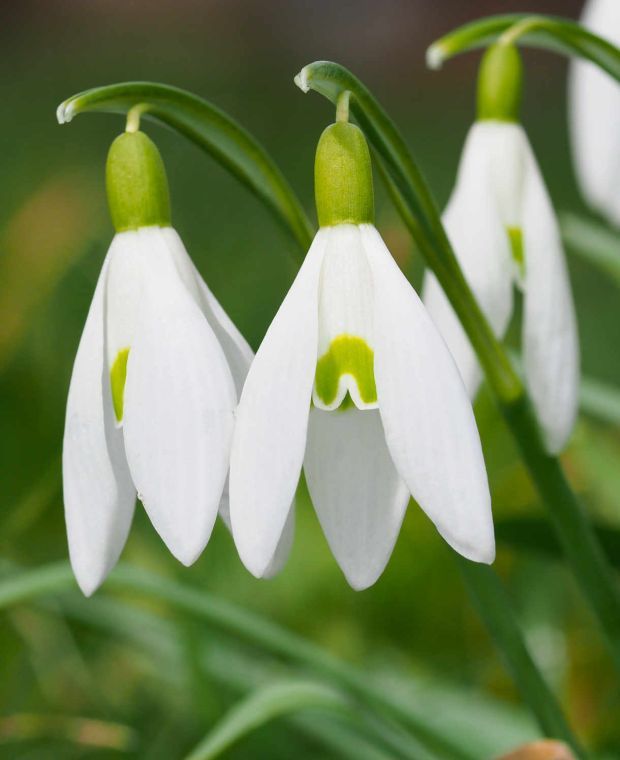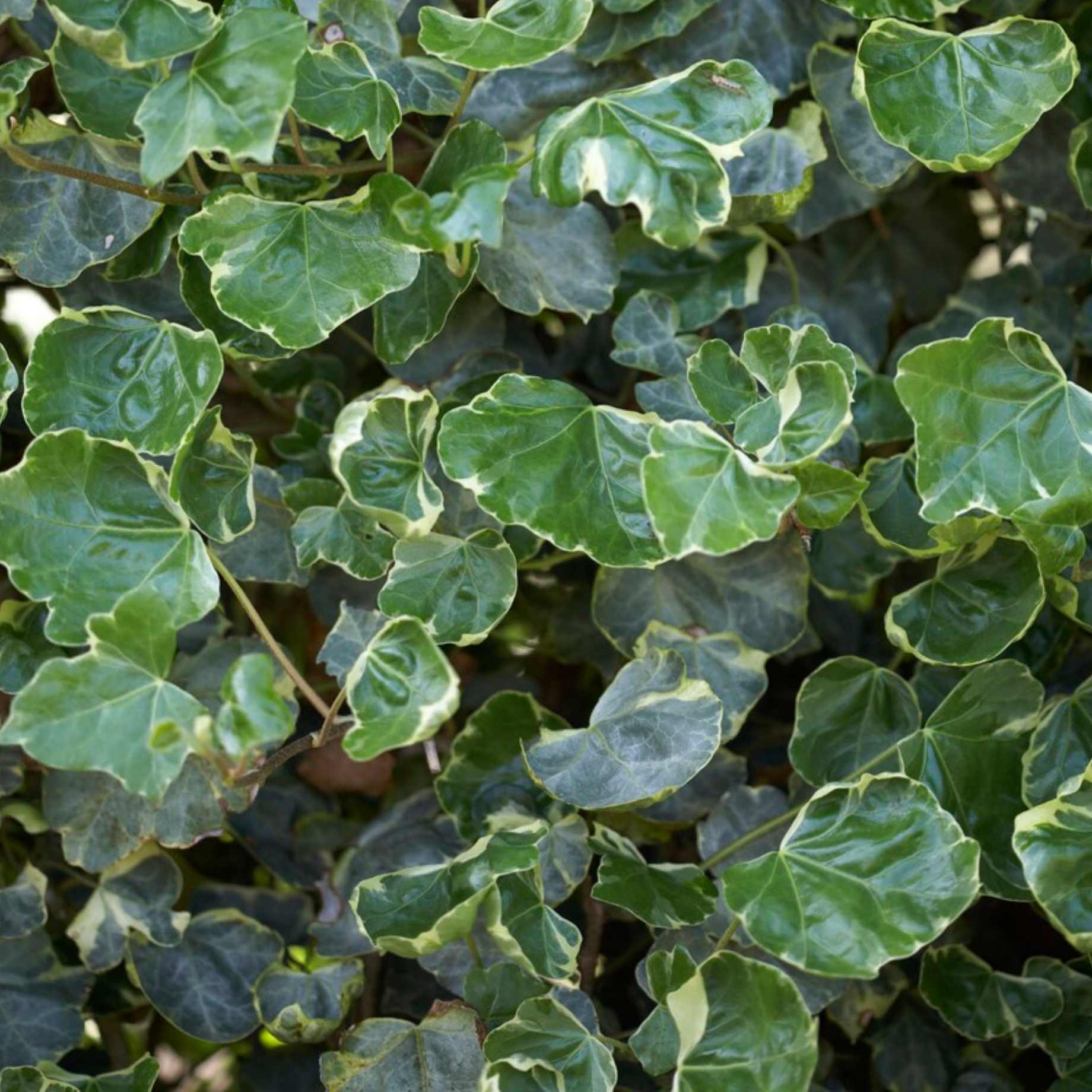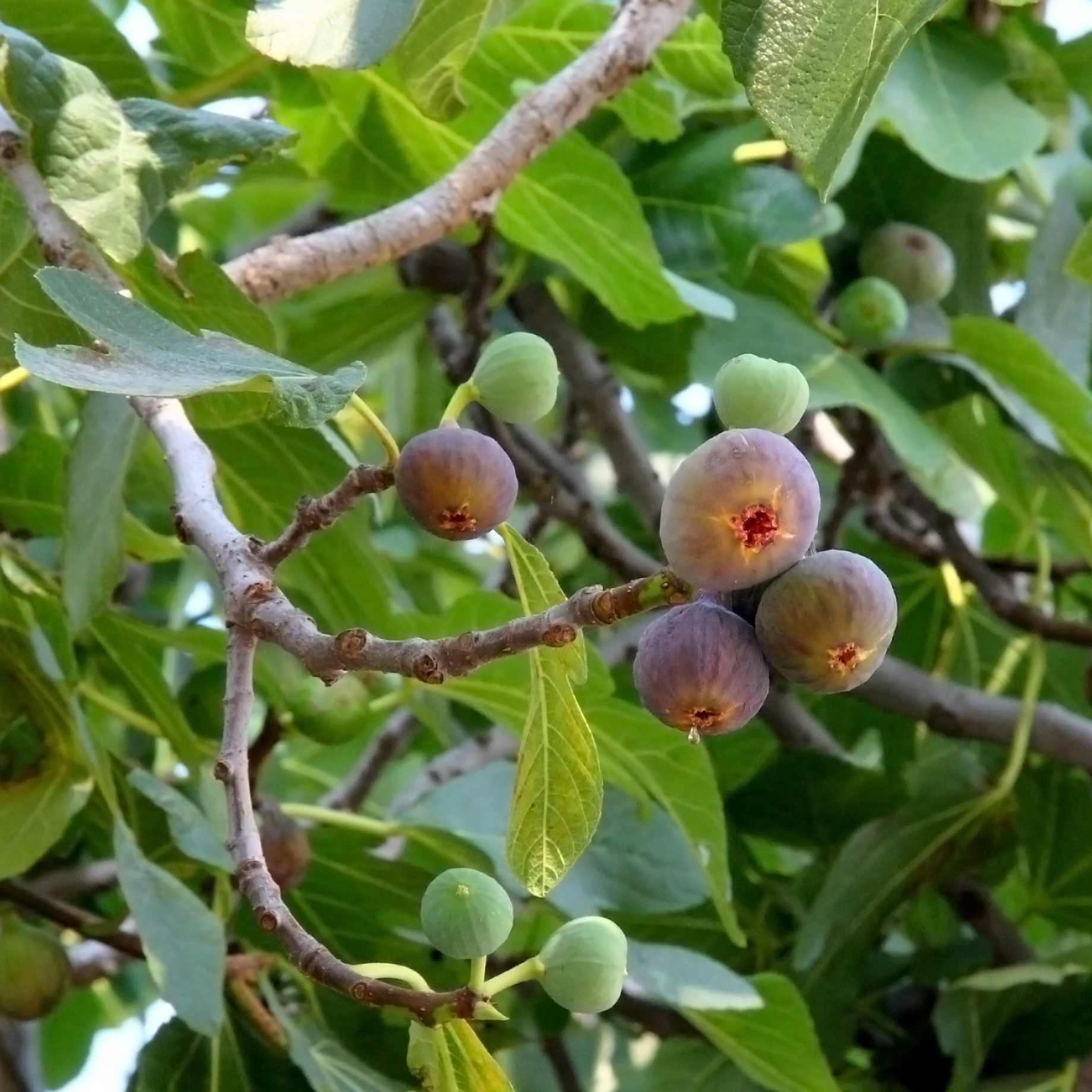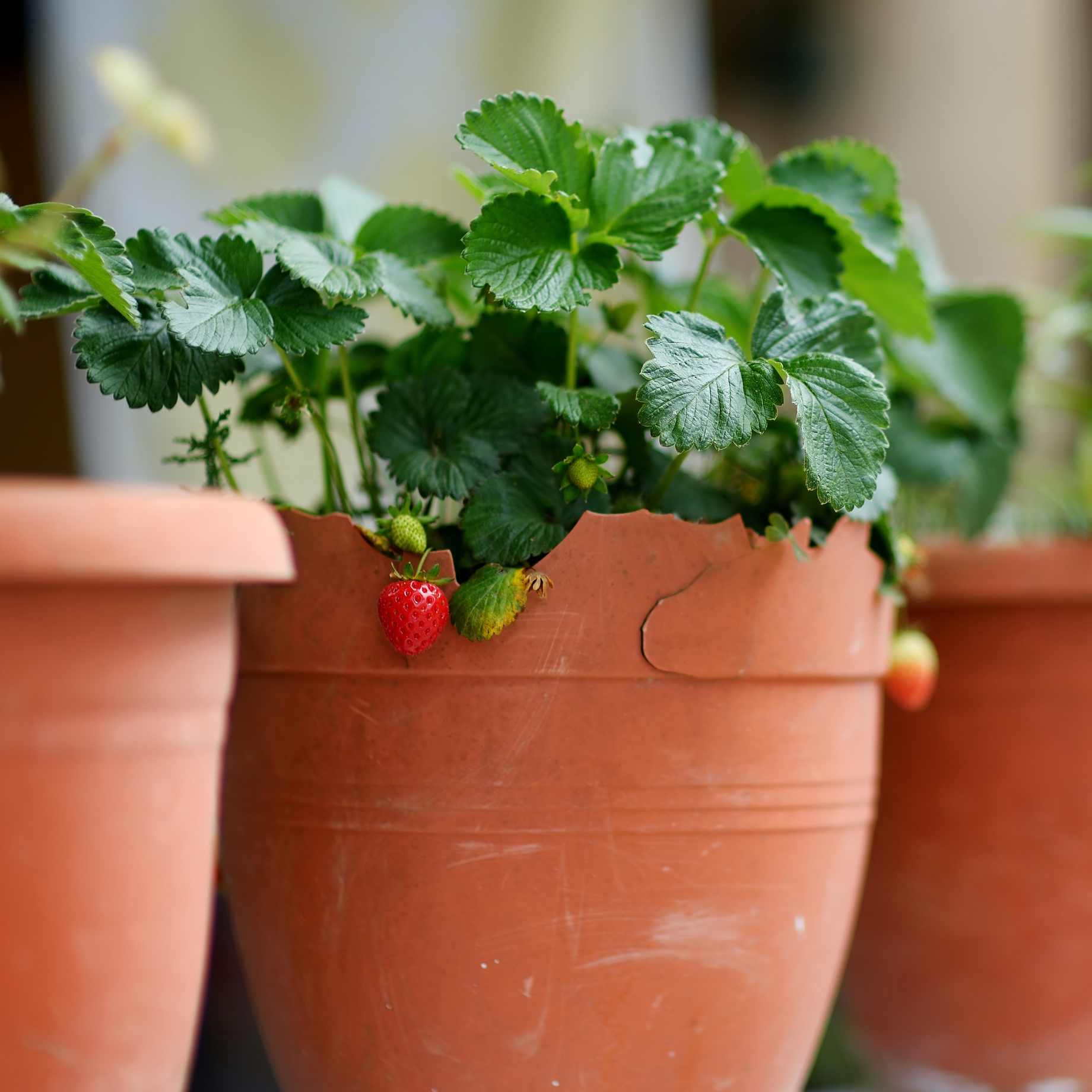Tell Me More…
Emerging early in the year, Galanthus nivalis is one of the very first plants to flower in the garden and, to many, beautifully indicates the pending arrival of spring. These pure white, wild snowdrops and are loved by all. With dainty, white, pear-shaped flowers and green-tipped inner petals, blooms emerge in January and February from silvery-green slender leaves, often lasting through to the end of March. The delightful common snowdrop, Galanthus nivalis is perfect grown in drifts amongst grass or in the border under deciduous trees and shrubs where they reach a height and spread of 15-20cm. Best planted in partial shade, where snowdrops will readily naturalise to spread their joy far and wide. These charming winter beauties will survive even the coldest of winters, often flowering when snow or ice is still on the ground. Plant in spring 10cm below the well-drained soil surface with the foliage above the ground. Leave foliage to die back, then remove. Whilst the flowers do not last long once cut, a tiny vase of these nodding white bells at the bedside could never fail to raise a smile!
Flower and Foliage Months
Jan
Feb
Mar
Apr
May
Jun
Jul
Aug
Sep
Oct
Nov
Dec
Foliage Month
Flowering Month
Key Information
| Latin Name | Galanthus nivalis (Snowdrop In the Green x 25) |
|---|---|
| Common Name | Snowdrop |
| Hardiness | H7 (-20°C and below) |
| Colour | White |
| Type | Perennial |
| Format | In The Green |
| Position | Part-Shade, Part-Sun |
| Foliage | Deciduous |
| Height in Maturity (m) | 0.20 m |
| Spread in Maturity (m) | 0.15 |
| AGM | Yes |
| Soil Conditions | Chalk Clay Loam Sand |
| Soil Acidity | Acid Alkaline Neutral |
| Aspect | East-facing, South-facing, West-facing |
| Scented | Yes |
| Good for pots | Yes |
| Good for Rockeries | Yes |
| Good for wildlife | Yes |
| Good for pollinators | Yes |
| Good for cutting | Yes |
| Good for groundcover | Yes |







